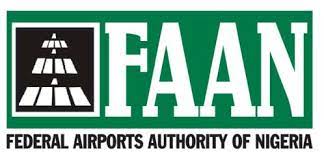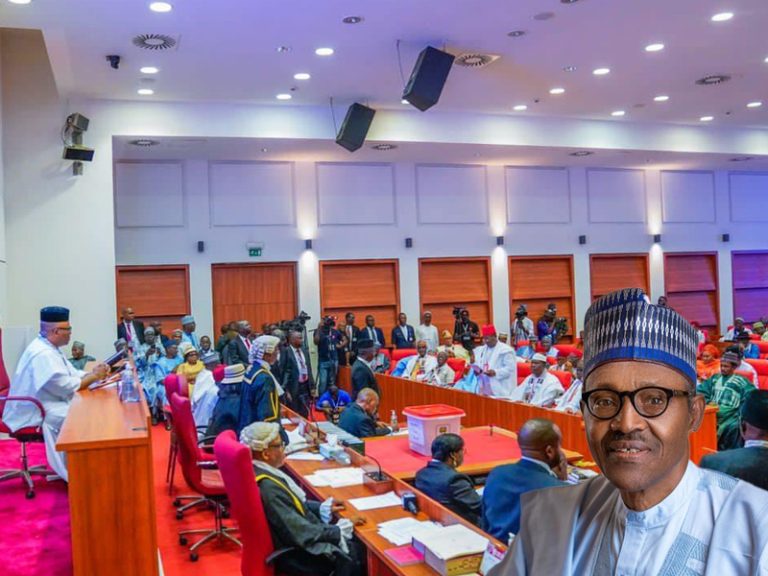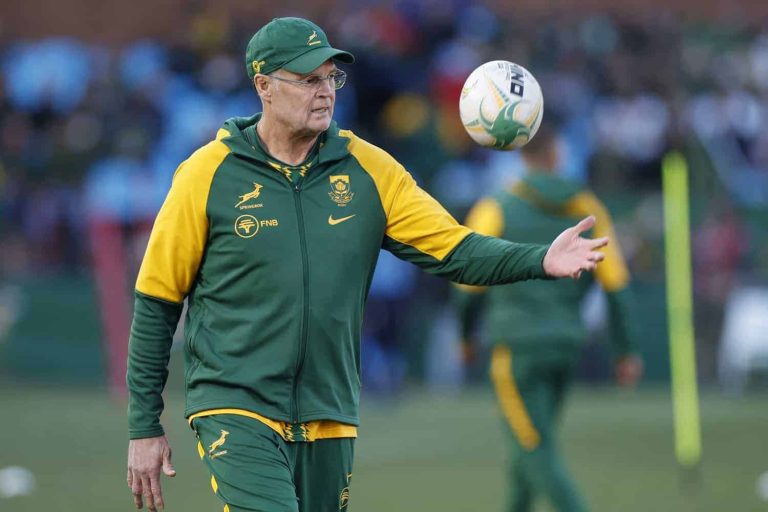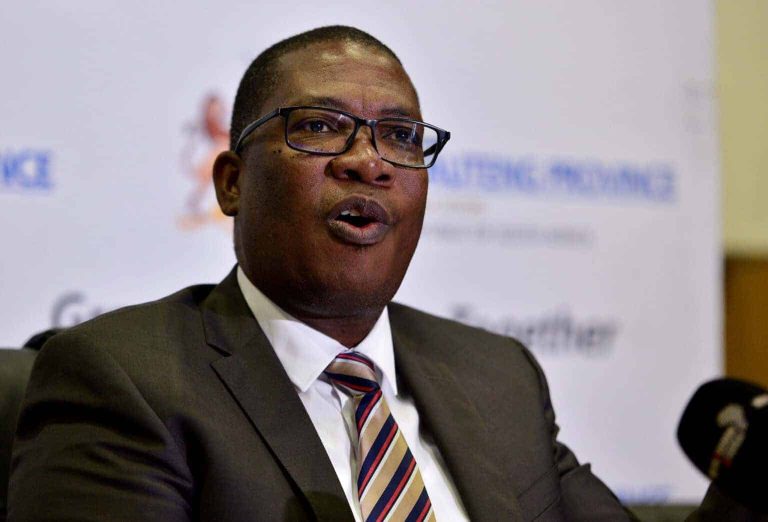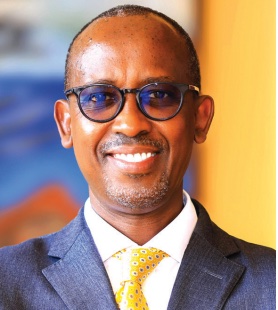
Screenshot

The death of Raila Amolo Odinga, the former Prime Minister of Kenya, brought memories of our days at university watching the evolving shift from single to multi-party politics across Africa, with Kenya leading the charge.
In 1992, President Daniel Arap Moi appeared under intense pressure from a group called the Forum for Restoration of Democracy (FORD).
The group was promising in terms of leadership potential for it had young activistic lawyers like Paul Muite and James Orengo, working with some elderly politicians like Jaramogi Oginga Odinga, Martin Shikuku, Kenneth Matiba, Charles Rubia, Masinde Muliro and Gitobu Imanyara.
It was the first united opposition we were seeing in the Kenya political landscape since 1982 when the country became by law, a one-party state under KANU. We studied closely the biting political communication at the opposition rallies, the dramatic scenes of demonstrations to Kamukunji, the arrests, trials, imprisonments and the reaction of then 28-year-old KANU government to this onslaught.
We were young and smitten by a popular youthful government in Uganda. The NRM had restricted multiparty politics and we were not sure what signaling effect Kenya politics would send to Kampala.
Five years prior, on December 14, 1987, Kenya and Uganda had amassed troops at their respective borders in preparation for a possible fight. We held our breath given Uganda, tired of wars and just coming out of a difficult scarcity period, essential goods, as they were called at the time – soda, salt, bread, beer, soap, kerosene, automobile oils and everything in between were rare.
Kenya was our key supplier and outlet to the world for almost everything. Lo and behold the opposition splintered before our eyes into FORD-Asili led by Mr. Kenneth Matiba and FORD-Kenya led by Jaramogi Oginga Odinga.
Shockingly, as if the first split wasn’t lesson enough, more splits into little groupings largely on tribal lines emerged. What was a large, united and promising opposition, with elders, women and youth, lost to President Moi, who pressed home his advantage twice in 1992 and 1997.
The Kenya opposition scenario almost became a script for many new opposition parties built in Africa at the end of the cold war in 1989. They all seemed to have much heat but little light on unity and how to acquire and hold power.
Regardless, what followed as a permanent fixture in the next 33 years, was the late Raila Odinga, a towering figure in the hearts and minds of East Africans, whether you liked or loathed him.
A man unrattled by making and losing alliances in equal measure, calmness under pressure, slow speaking, down to earth yet knowing his taste all too well, seemingly unappealing and sometimes uncharismatic with his audiences, yet possessing a unique magnetic appeal to his supporters that many politicians crave but never achieve.
In his campaign speeches, he touched the needs of common people with rhythm, cadence and metaphors in his messages, especially when he spoke Swahili or his native Luo.
I watched him in 2022, say, “…. the prices of sugar will go down, the prices of posho will go down, the prices of fuel will go down and even house prices will fall, if you vote me”.
It is not an exaggeration to argue, as an outsider to Kenyan politics, the country would have been unstable without his steadying hand.
I watched him stand next to former President Uhuru Kenyatta, after a disputed 2017 election, and say, “…we are all sailing on one ship. We must all come together to scoop out the water that has been sipping in or we shall all capsize”.
It was a very reassuring image of a statesman setting down his wishes for the greater good of his country and the region. And boy, did he do it well. I saw him many times, from the post-election violence of 2007 through to the last one in which he ran against President William Ruto in 2022.
He always returned to the scene to pull the country from the brink, courageously calming the storms, standing head-to-head with his opponents, in pursuit of the greater interest of Kenya.
Raila teaches us in life, and in death, that nothing surpasses humility, patriotism and unity in leadership for a young country. For many in the region, we think he kept Kenya calm and united because an unstable Kenya is unthinkable for it would cause disruption in trade, transportation and culture as a few weeks of 2007 post-election violence showed.
Raila Odinga hard to reconcile differences and kept his country growing, even if he never led from the top as President. This makes one wonder: what would Kenya look like had he been given a chance to lead?
We will never know because this is a conjectural question; one we cannot answer without wildly speculating. But as an active participant in all administrations after President Moi, one can see his hand in the good public works when he was Prime Minister, the unrelenting fight for democracy and the yearning to lead the African Union.
The larger question that perhaps young people in Kenya should answer is: who will fill these big shoes given the realignment that is taking place with this loss?
I suppose there are many young people who will surprise us and rise to the occasion to emulate Raila and answer this question firmly.
Our condolences to Mama Ida Odinga, the family, especially our friend Raila Odinga Jnr; President Willam Ruto, the Government and the people of Kenya.
The writer is the chairman, Exports & Industry Advisory Committee Office of the President, Uganda.
